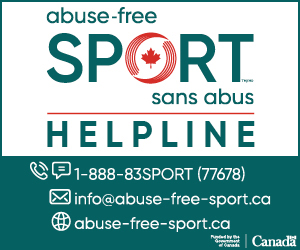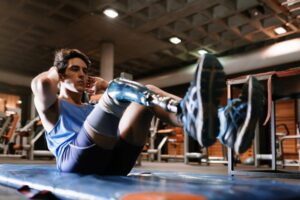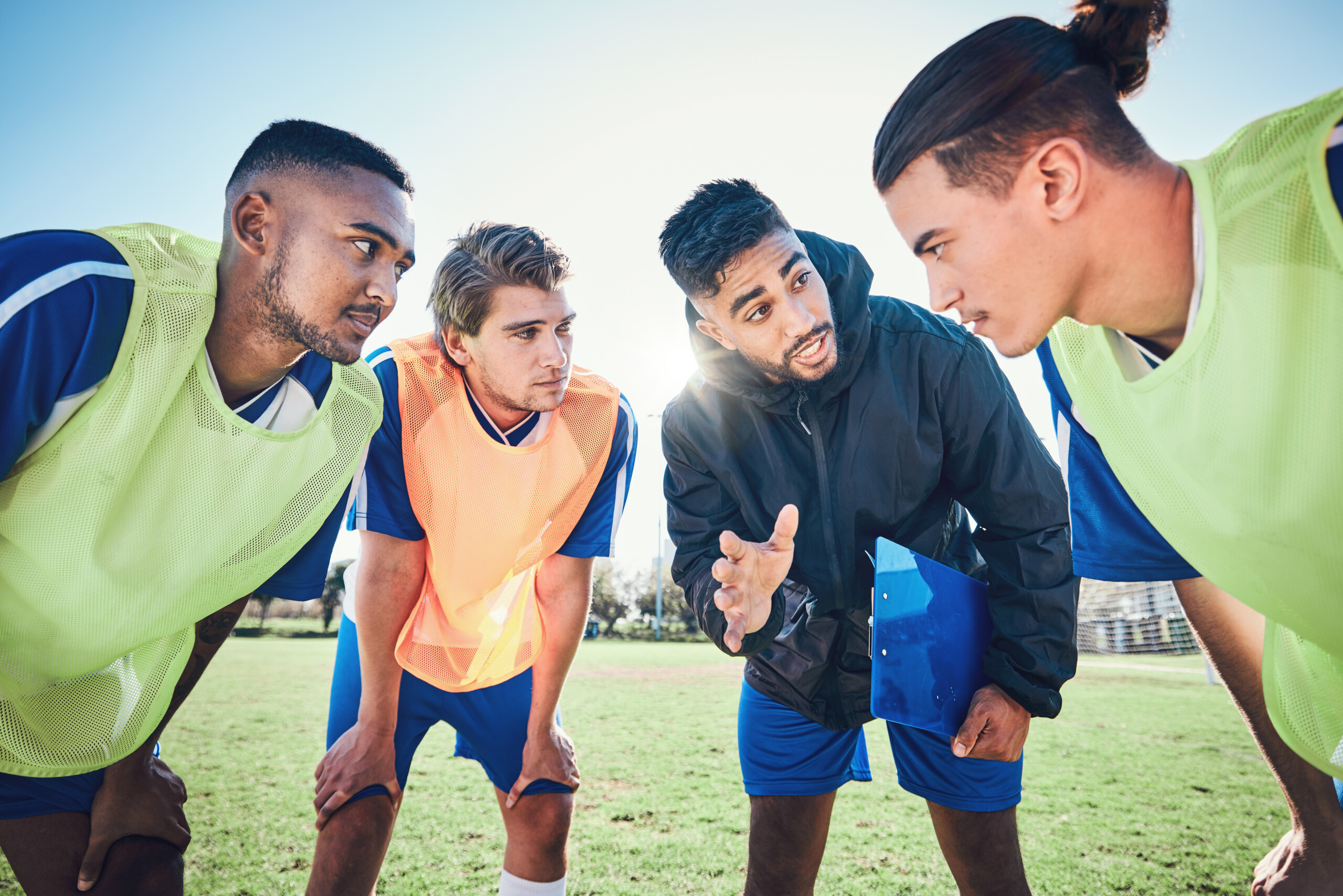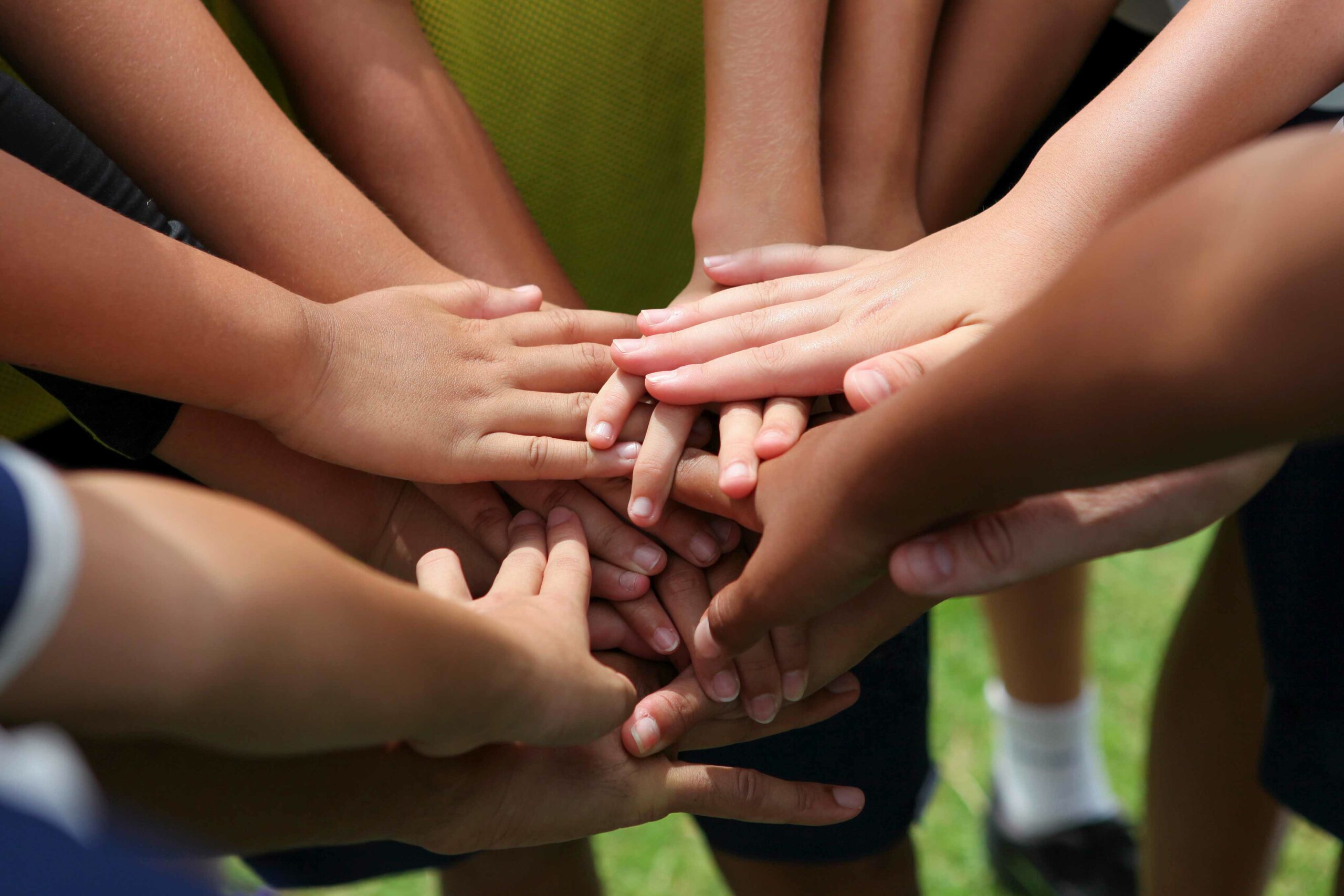There’s a shift happening, for sure, and you can see it around key decisions. As athletes, we’re being taken more seriously and senior leaders are asking for our opinions – not because they feel they have to check a box, but because they believe we have something important to bring to the table.
Seyi Smith, former Chair of the COC’s Athletes’ Commission, and two-time Olympian
The Code of Conduct
Canada’s national sport community is dedicated to creating a safe and welcoming sport environment. On behalf of the national sport organizations (NSOs), multisport service organizations (MSOs), and Canadian Olympic and Paralympic Sport Institute (COPSI) Network members, we are pleased to provide version 6.0 of a Universal Code of Conduct to Prevent and Address Maltreatment in Sport (UCCMS). The UCCMS will provide the foundation for the development of a coordinated implementation strategy to prevent and address maltreatment across all levels of the Canadian sport system, and for all participants (athletes, coaches, officials, administrators, practitioners, etc.). The UCCMS is a result of an extensive consultation process that sought insight and expertise from within the sport system and from external subject matter experts.
Canada’s Safe Sport Helpline
 The Abuse-Free Sport Helpline is a national toll-free sport helpline that offers assistance to victims or witnesses of harassment, abuse or discrimination. The anonymous, confidential and independent service will allow them to share and validate their concerns, obtain advice on required next steps, and be referred to other appropriate resources for follow up.
The Abuse-Free Sport Helpline is a national toll-free sport helpline that offers assistance to victims or witnesses of harassment, abuse or discrimination. The anonymous, confidential and independent service will allow them to share and validate their concerns, obtain advice on required next steps, and be referred to other appropriate resources for follow up.
The Abuse-Free Sport Helpline is monitored by live operators from 8 am to 8 pm Eastern time, 7 days a week. Users have a choice of communicating via a toll-free phone line, email, or text, in the official language of their choice.
Complaints and Reports
You can file a Complaint or Report to the Office of the Sport Integrity Commissioner (OSIC) by submitting a secure, interactive online intake form. Please note that the OSIC only has the authority to address matters related to violations of the Universal Code of Conduct to Prevent and Address Maltreatment in Sports (UCCMS) that are alleged against covered participants of Program Signatory organizations.
Key Resources
- Abuse-Free Sport website
- Abuse-Free Sport Helpline
- Abuse-Free Sport Mental Health Support Program
- Abuse-Free Sport Legal Aid Program
- Game Plan Mental Health Support
- Canadian Centre for Mental Health and Sport
- Sport’Aide (Quebec);
- Safe Sport Line (Manitoba);
- Sask Sport Resource Line (Saskatchewan);
Safe Sport FAQ
According to the Universal Code of Conduct to Prevent and Address Maltreatment in Sport (UCCMS), maltreatment is defined as: volitional acts that result in harm or the potential for physical or psychological harm, including any of the various prohibited behaviors and conduct described in section 2.0 of the code.
- Complainant: A participant or observer who makes a report of an incident of maltreatment or suspicions of an incident of maltreatment.
- Disclosure: The sharing of information by a participant regarding an incident or a pattern of maltreatment experienced by that participant. Disclosure does not constitute a formal report that initiates a process of investigation to address the maltreatment.
- Physical Maltreatment: Any pattern or a single serious incident of deliberate conduct that has the potential to be harmful to the physical well-being of the Participant. Physical Maltreatment includes, without limitation, contact or non-contact infliction of physical harm. Physical Maltreatment is determined by the objective behavior, not whether harm is intended or results from the behavior.
- Psychological Maltreatment: Any pattern or a single serious incident of deliberate conduct that has the potential to be harmful to the psychological well-being of the Participant. Psychological Maltreatment includes, without limitation, verbal conduct, non-assaultive physical conduct, and conduct that denies attention or support. Psychological Maltreatment is determined by the objective behavior, not whether harm is intended or results from the behavior.
- Respondent: A Participant who is alleged to have engaged in Maltreatment and thereby to have violated the UCCMS.
Source: UCCMS
All coaches in Canada, regardless of sport or level of competition, can access the Safe Sport Training module designed by the Coaching Association of Canada.
Sport Canada requires every National Sport Organization (NSO) to address its safe sport practices on its website. To find your sport’s policy, visit the associated NSO’s website and click on the “Safe Sport” menu item on the homepage.
Visit SIRC’s safe sport policy page.
For some individuals, the response to calls for changes to traditionally accepted or “old school” sport practices may arouse reactions of denial like “I don’t have to change.” This may be especially true of those who have produced successful athletes: “My athletes were podium finishers so my practices obviously worked.”

Yes, “old school” methods can work if “working” means putting athletes on the podium—but at what cost? Aggressive, berating, punishing coaches’ practices were at one time accepted as part of tough coaching, but today this conduct may be deemed as emotionally abusive (Stirling & Kerr, 2008). These behaviours are viewed differently now because research evidence shows the detrimental short- and long-term harmful effects of these behaviours on athlete’s mental health and wellbeing (Kerr et al., 2020; Stirling & Kerr, 2013; Vertommen et al., 2016). In addition, these practices run contrary to the huge body of research on how people best learn and grow. Finally, young athletes who experience these behaviours are more likely to leave sport (Battaglia et al., 2021; 2020, 2017), thus harming sport’s reputation, depriving young people of opportunities to grow and develop, and reducing Canada’s talent pool. Getting through the denial phase involves letting go of some “old” practices and assumptions.
Source: SIRC blog by Gretchen Kerr, 2021.
Optimal athletic performances (at all levels of sport) require athletes to move out of their comfort zones and sometimes this means the coach needs to encourage the athletes to do so. Safe Sport does not mean that coaches cannot encourage athletes to move outside of their comfort zones. But, what it does do is stimulate reflection on whether the coach takes control and ‘pushes’ the athlete, or leaves responsibility with the athlete by ‘encouraging’ the athlete. Safe Sport also means that practices to encourage athletes to train harder (e.g., do another rep or another skill in spite of fatigue or soreness) are safe, physically and psychologically, and evidence-informed. Coaches can be demanding and firm, and hold high expectations, without engaging in abusive behaviours.
Source: SIRC blog by Gretchen Kerr, 2021.
Safe Sport does not mean that coaches cannot develop a close, trusting relationship with their athletes. In fact, research on achieving optimal athletic performance cites the importance of have a close, trusting coach-athlete relationship (Jowett, 2017). From a Safe Sport perspective, such relationships can and should occur for wellbeing and optimal performance, but that relationship boundaries need to be maintained, and interactions, to the extent possible, should occur in public.
Source: SIRC blog by Gretchen Kerr, 2021.
The most commonly reported behaviours of maltreatment are harsh personal criticisms; statements that are threatening, belittling, or degrading; body shaming; the use of exercise as punishment; and sexist jokes and remarks (Kerr, Willson, & Stirling, 2019). There is no evidence that these behaviours produce optimal athletic performance. However, there is evidence that these practices lead to drop out from sport (Battaglia et al., 2021; 2020, 2017), thus reducing our talent pool. There is also evidence that these practices lead to mental health challenges such as anxiety, depression, and eating disorders among athletes (Kerr et al., 2020; Stirling & Kerr, 2013; Vertommen et al., 2016), none of which assist with sport performance. Finally, these harmful practices run contrary to everything we know about how people best learn and are motivated (Deci & Ryan, 2008). Safe Sport and performance outcomes are not at odds with one another.
Source: SIRC blog by Gretchen Kerr, 2021.
Making decisions, sometimes unpopular decisions, such as de-selection, are fundamental to the work of sport leaders. As long as the criteria for making these decisions are transparent and known to those affected in advance, decisions adhere to these criteria, and the decisions are communicated in a respectful manner, those at the receiving end have no grounds for claiming abuse. The Safe Sport approach encourages sport leaders to use their positions of power in respectful ways but does not preclude leaders from making the decisions for which they are responsible.
Source: SIRC blog by Gretchen Kerr, 2021.
Safe Sport enables sport leaders to apply consequences for inappropriate conduct while encouraging respectful ways of doing it. Outside of sport, in parenting and education for example, the use of positive discipline and natural consequences have replaced the use of punishments for behaviours that don’t meet expectations (Nelsen, 2011). Positive discipline refers to teaching and guiding athletes by letting them know what behaviour is acceptable, helping them understand why behaving in an acceptable manner is important, and articulating how to achieve the acceptable behaviour. For example, a coach may communicate the expectation that a team curfew is in place, that curfews are important because they help to ensure athletes are rested and prepared for the next day’s training/competition, and that to meet curfew they’ll need to leave the appropriate amount of time to return to where the team is staying. Positive discipline is preferred over punishment because it teaches self-control, a sense of responsibility, builds a sense of competence and self-confidence, and maintains the integrity of relationships.
So, what do you do when rules are breached or conduct is unacceptable? Natural consequences are now favoured instead of punishments. Natural consequences are those things that happen in response to behaviour that are imposed by nature, society, or another person. Examples of natural consequences include getting cold hands in the winter when we don’t wear mitts, a child failing a test because they chose not to study, or receiving a speeding ticket when we drive too fast. These natural consequences encourage compliance with normative, expected conduct. In the example above, if the athletes know in advance that missing curfew is associated with not playing in the next day’s game, not being played in the next day’s game is a natural consequence. The benefits of using natural consequences is that decision-making remains with the athlete, they teach self-control and a sense of responsibility, and maintain the integrity of the relationship between athletes and coaches.
Source: SIRC blog by Gretchen Kerr, 2021.
We must remember that far too many Canadian athletes have lived in fear for far too long. There is no shortage of accounts of athletes being afraid to speak up, afraid to have a voice, and not disclosing or reporting their experiences of maltreatment. We must create a safer environment for athletes, and in the process of doing so, we must not create an unsafe environment for other stakeholders. Achieving both will require clear communication and a shared understanding of expected conduct, maintenance of relationship boundaries, and help in adapting to new ways of doing things. This is one reason why training and education are so important. All sport stakeholders need to learn about expected conduct and standards for behaviour and if we adhere to these, we’re far less likely to be the recipient of a complaint. The best thing we can do to prevent a culture of fear is to create physically and psychologically safe environments that are welcoming, inclusive, and rights-based.
Source: SIRC blog by Gretchen Kerr, 2021.
The vast majority of sport leaders are not abusers, but Safe Sport is important for all leaders for several reasons. First, leaders may observe or hear about experiences of maltreatment. By virtue of being in a position of power and authority as leaders, there is a responsibility to care for the wellbeing of young people and each other, and in some circumstances, there is a duty to report abuse to the authorities. It is therefore important to know what behaviours constitute maltreatment, how to intervene as a bystander, and when there is a duty to report. Learning more about Safe Sport also enables us to better support one another in adapting to culture changes. All of us in sport have a collective responsibility to create and ensure safe sport environments.
Source: SIRC blog by Gretchen Kerr, 2021.

Power Balance: The black box of the Canadian sport system
Within the Canadian sport system lies a black box of power imbalance, a black box the Future of Sport in Canada Commission will need the key to address. Our research offers insights into: cost benefits and savings to a power balanced sport model; how to build power balance into a system through independence, transparency, and accountability measures; key learnings on how power balance can be scaled to any purpose or size. The costs of power imbalance Though often well intentioned, […]
-
Suffering in silence: Men’s and boys’ mental health are still overlooked in sport
-
Exercise is medicine: Sport contributes to Canadian student well-being and chances of academic success
-
Identification of “sleeping” talent in elite ice-hockey using psychological characteristics
More Posts and Articles

